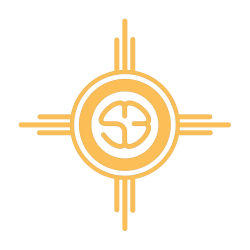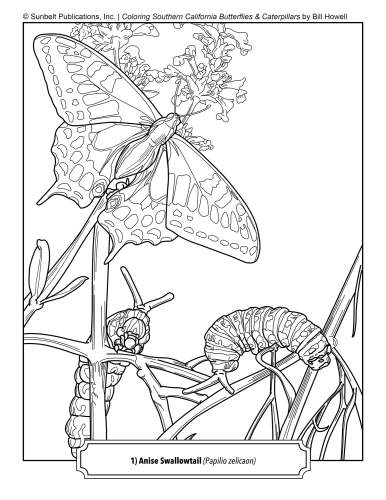Enjoy the great outdoors on bike!
As parks and trails begin to reopen, what better way to get outdoors than bike! Try out this easy ride from Cycling San Diego 4th Edition.
San Luis Rey River Trail
Starting Point: Neptune Way, Oceanside
Distance: 18 miles out and back
Elevation Gain: 100 feet
Riding Time: 2 hours
Difficulty: Easy, not-technical
Road Conditions: Smooth, paved trails
Traffic Conditions: Light on trail
Equipment: Any bicycle
The San Luis Rey River Trail is a paved bicycle and pedestrian trail that is completely separated from streets and highways. It’s a great way to enjoy a traffic free ride along the San Luis Rey River, one of the County’s biologically-richest river corridors that provides habitat for several threatened and endangered species. The river has its headwaters in the Cleveland National Forest near Mount Palomar, and is over 69 miles long. This ride is an out and back that traverses the final 9 miles of the river to the coast.
Start by pedaling north on Neptune Way which quickly curves east to begin following the meandering path of the San Luis Rey River. After a short distance you’ll pass under I-5 and then parallel State Route 76 (SR-76). At 2.5 miles the trail passes under Benet Road and to the north of the Oceanside Municipal Airport. You’ll notice connector trails at each road crossing allowing you to easily access the road from either direction.
The trail begins to swing north at North Foussat Road. Look to your right to spot the old Valley Drive-In theatre, now housing the 40 acre Oceanside Swap Meet since 1971. During its heyday the drive-in had 4 screens and finally closed in 1999. After your nostalgic pause, the trail then follows the river east past Douglas Drive at 5.5 miles and soon arrives at Mance Buchanon Park at College Boulevard. The park, with tables, water, and public restrooms, is a great place to stop for a snack and top off your water bottle.
After College Boulevard the trail then curves east and then south around a housing development with streets named after American presidents. Trail connectors allow you to access the trail near the junction of Andrew Jackson and Polk Streets and Tyler and Harding Streets. Soon the trail heads east to the parking area just north of Highway 76 at North Santa Fe Avenue. This is the turnaround point where you’ll enjoy the mostly downhill ride back to the start.
GETTING THERE
The easiest place to start the ride is the western end in Oceanside. You’ll ride generally uphill to the eastern end and then enjoy a mostly downhill run on the return route. Take I-5 to exit 54A for CA-76 (State Route 76) east toward Coast Highway. Turn left on CA-76 heading west. Turn left on North Coast Highway then right on Neptune Way. Follow it to the end and park on the street nearby.
To start at the eastern end and have the uphill ride on the return, take CA-76 to North Santa Fe Avenue. The trailhead is on the north side of State Route 76.
OPTIONS
The North River/Guajome Loop ride explores further east on the San Luis Rey River. See that ride for more details if you would like to extend this ride eastward. The Coastal Rail Trail ride heads south a short distance from the Oceanside Transit Center a few blocks south of Neptune Way on the west side of the railroad track. See that ride for more details.
AMENITIES
Stores and restaurants are located near the western start in Oceanside and on College Boulevard on the eastern end of the trail. Public restrooms and water are available at Guajome Regional Park, Mance Buchanon Park on College Boulevard 7.3 miles from the start, and the Oceanside Transit Center a few block south of the start.














